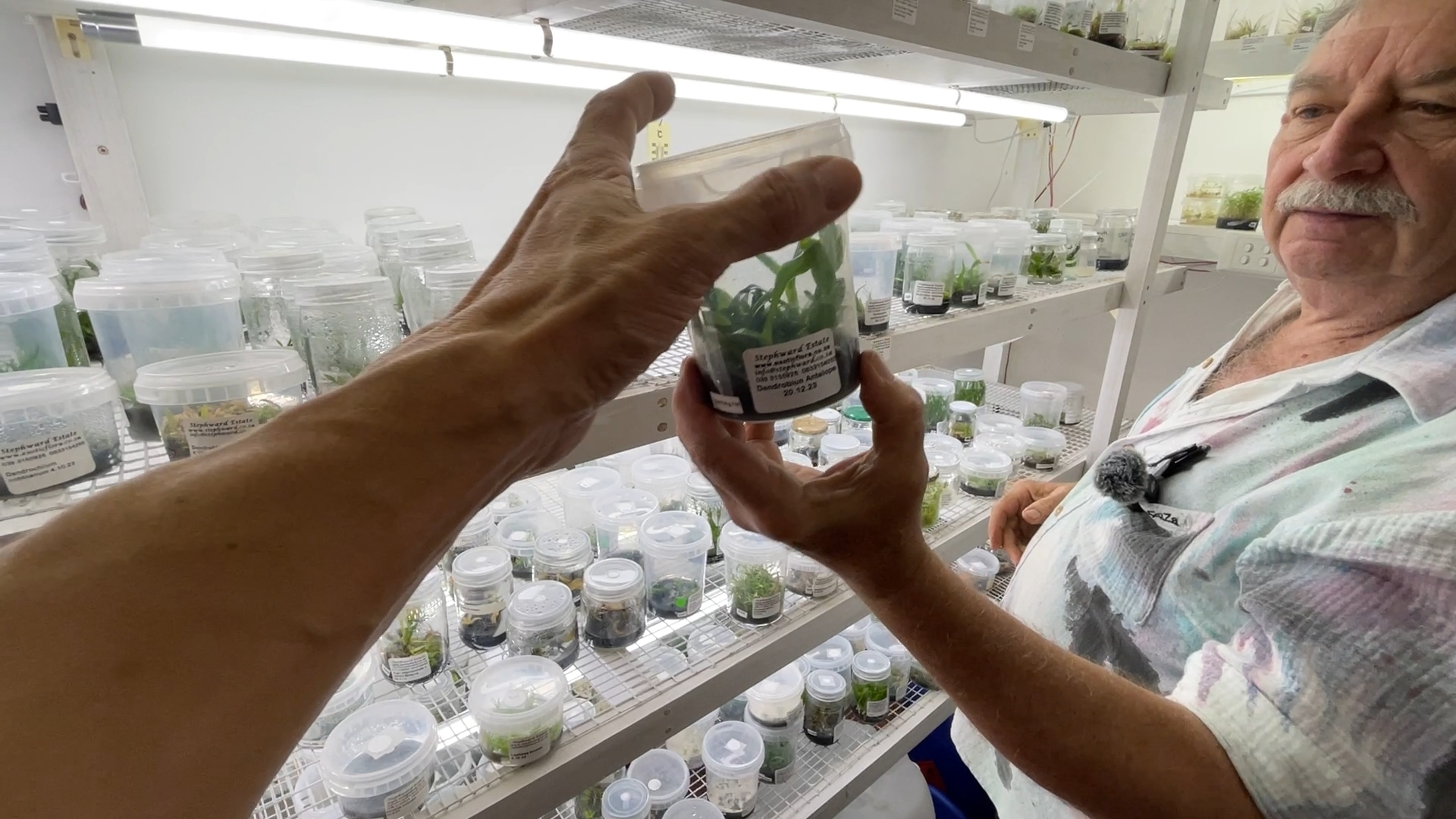 The Importance of Laboratory Work
The Importance of Laboratory Work
Laboratory work is indispensable in the field of orchid propagation and seed germination. Orchids present unique challenges due to their tiny seeds, lack of nutrient reserves, and specific germination requirements. Here’s why laboratory work is so crucial:
Sterility and Contamination Control: Orchids are highly susceptible to contamination. In a laboratory setting, aseptic techniques are employed to create a sterile environment, preventing the introduction of pathogens that could thwart the propagation process. This meticulous control is nearly impossible to achieve in an open environment.
Controlled Environment: Laboratories provide the ability to control temperature, humidity, and light conditions meticulously. These factors are critical for the successful propagation and germination of orchids, which often require very specific environmental conditions that are difficult to replicate naturally.
Nutrient and Hormonal Balance: In the wild, orchid seeds rely on a symbiotic relationship with fungi to provide the necessary nutrients for germination. In the lab, a synthetic nutrient medium is used to mimic this relationship, ensuring that the seeds receive the required sustenance. Additionally, the use of hormones can induce specific growth responses, such as root and shoot formation from meristematic tissues.
Cloning and Mass Production: Meristematic tissue culture allows for the cloning of orchids, producing genetically identical plants. This is particularly valuable for preserving rare species or creating large quantities of plants with desirable traits. The ability to mass-produce orchids through tissue culture has significant commercial implications, making rare and exotic species more accessible to enthusiasts and collectors.
Acclimatization: Once the orchids have developed sufficiently in the lab, they must be acclimatized to external conditions. This transitional phase is critical and is carefully managed in a controlled environment before the plants are moved to greenhouses or natural settings. This step ensures that the young orchids can adapt to changes in temperature, humidity, and light without experiencing shock.
Conclusion
Meristematic tissue culture represents a cornerstone of modern orchid propagation, allowing for the precise and controlled growth of these captivating plants. The role of laboratory work in this process cannot be overstated; it provides the sterile environment, controlled conditions, and specialized techniques necessary to overcome the challenges associated with orchid seed germination and propagation. Through the meticulous application of science and technology, laboratories ensure the successful cultivation of orchids, preserving their beauty and diversity for future generations to enjoy.
